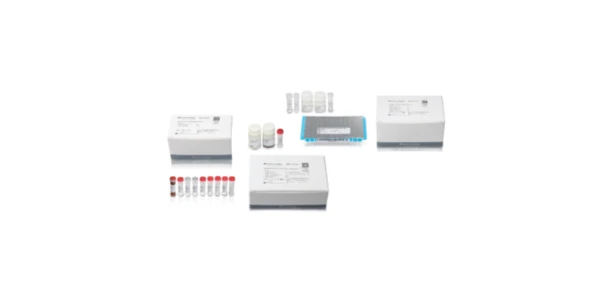Microtome Buying Guide
Choosing the best instrument for your needs
Microtomes are specialized laboratory instruments used to cut very thin slices of biological samples, such as tissues and cells, for microscopic examination. They are essential tools in fields such as histology, pathology, and materials science, where precise sample preparation and analysis are critical.
When buying a microtome, there are several factors to consider to ensure that you get the best instrument for your needs.
Type of microtome
There are several types of microtomes available, including manual, semi-automatic, and fully automatic.
- Manual microtomes are the most basic and require the operator to adjust the blade and sample manually.
- Semi-automatic microtomes have some automation, such as a motor-driven sample advance, but still require manual adjustment of the blade.
- Fully automatic microtomes are the most advanced and offer the greatest level of automation, including automatic sample advance and blade adjustment.
Cryostat
Temperature-controlled models are commonly available to allow samples to be frozen and sectioned more easily. This can be particularly useful in clinical applications that require fresh frozen thin sectioning or formalin-fixed paraffin-embedded (FFPE) specimens. Cryostats may also be essential for applications such as TEM and other high-resolution techniques where accuracy and precision of tissue preparation are critical.
Cutting method
Microtomes can use either a rotating blade or a stationary blade with a moving sample stage. Rotating blade microtomes are typically used for softer samples, while stationary blade microtomes are better suited for harder samples.
Cutting blades
The type of blade material is important as well, with glass, steel, and diamond being the most common. Steel blades are used for histology sectioning and light microscopy. Glass blades are used for microsectioning tissues for electron microscopy. Diamond blades are suited for sectioning hard or dense materials in preparation for electron microscopy, cryo-EM, TEM, and other applications.
Sample size and thickness
Consider the size and thickness of the samples you will be cutting and the desired slice thickness. This will help you determine both the appropriate blade type and sample stage size.
Precision
Look for microtomes with high precision and repeatability, as this will ensure consistent and accurate sample preparation.
Ease of use
Consider the microtome's ease of use and maintenance. Fully automatic microtomes may be more expensive, but they can save time and effort in the long run.
Compatibility with other equipment
If you have other equipment, such as a microscope or staining station, ensure the microtome is compatible with these devices.
Brand and price
Research different brands and compare prices to find the best value for your budget.
Microtome consumables
All microtomes require periodic replacement of blades and associated accessories.
In summary, when buying a microtome, consider the type of microtome, cutting method, blade type, sample size and thickness, precision, ease of use, compatibility with other equipment, and consumables. Brand, support, and price are of obvious importance as well. Careful consideration of these factors will help you find the best microtome for your needs.









